Related Research Articles

Acislo Antonio Palomino de Castro y Velasco was a Spanish painter of the Baroque period, and a writer on art, author of El Museo pictórico y escala óptica, which contains a large amount of important biographical material on Spanish artists.

Francesc Ribalta , also known as Francisco Ribaltá or de Ribalta, was a Spanish painter of the Baroque period, mostly of religious subjects.

Pedro de Orrente was a Spanish painter of the early Baroque period who became one of the first artists in that part of Spain to paint in a Naturalistic style.

Bartolomé Pérez de la Dehesa was a Spanish painter of the Baroque period.
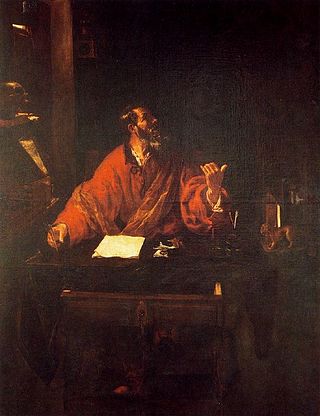
Juan Ribalta was a Spanish painter of the Baroque period. He was born and died in Valencia. His father, Francisco Ribalta, was a famous painter, active in the style of Caravaggio. Some sources said he was born in Madrid and later moved to Valencia. His mother Inés Pelayo died in 1601. Juan's works and style are similar to that of his father. He later painted Saint Sebastian at the Valencia Cathedral in 1616, later the small Adoration of the Shepherds and St. Peter, he also painted portraits including the poet Gaspar de Aguilar.
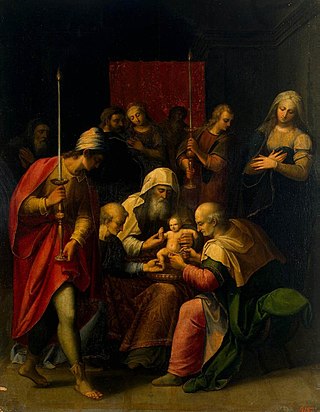
Luis de Carvajal was a Spanish painter of the Renaissance period.
Félix Castello or Castelo was a Spanish painter of the Baroque period.

Angelo Nardi da Razzo was an Italian painter of the early Baroque period; active primarily in Spain.

Simón de León Leal (1610–1687) was a Spanish painter of the Baroque period. He was born in Madrid to Diego de León Leal and Juana de Durán. He was a pupil of Pedro de Las Cuevas. He was known for both portraits and history paintings.
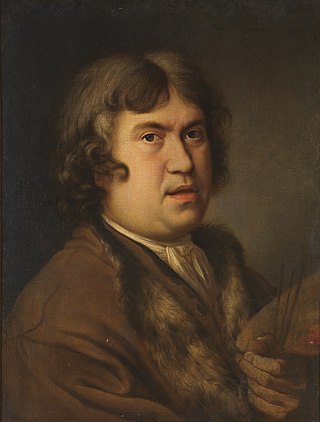
Francisco (Francesco) Leonardoni (1654–1711) was an Italian painter of the Baroque period, active mainly in Spain.
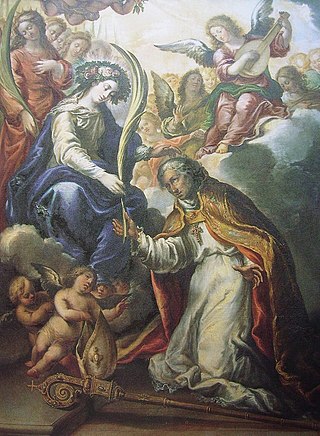
Andrés de Vargas (1613–1647) was a Spanish painter. He was born at Cuenca, and came to Madrid as a young man. He studied under Francisco Camilo. He painted religious works for the friaries as well as for private patrons of Madrid. He painted works for the cathedral and churches of Cuenca. He painted a series of frescoes in the Our Lady of the Sagrario by order of the Chapter of Cuenca. His style was called by Juan Agustín Ceán Bermúdez "feeble," and injurious to his art was Vargas' practice of regulating the quality of his pictures by their price.
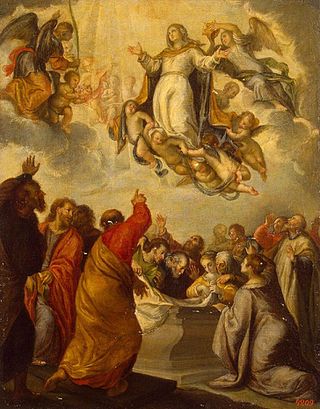
Francisco Camilo was a Spanish painter, the son of an Italian immigrant who had settled in Madrid. When his father died, his mother remarried, and Camilo became the stepson of the painter Pedro de las Cuevas.
Mosen Vicente Bru (1682–1703) was a Spanish painter. He was born at Valencia. He was the pupil of Juan Conchillos. He painted for the churches in his native city, including a St. Francisco de Paula, a Baptism of Christ by St. John, and an All the Saints for the church of San Juan del Mercado.

Francisco Pérez Sierra was a Neapolitan painter of Spanish origin. According to Antonio Palomino, he was the son of a Spanish general. He was a disciple of Aniello Falcone and Juan de Toledo. Numerous works that he painted included the Immaculate Conception, painted in 1655 in the convent of the Trinitarias de Madrid, Santa Ana conduciendo a la Virgen which is now at the Museo del Prado and Saint Joachim which is now at the Museo de Bellas Artes de Granada, he also painted Vase of Flowers in around 1690 which is now at the Royal Palace in Madrid.
Antonio Castrejon (1625–1690) was a Spanish painter.
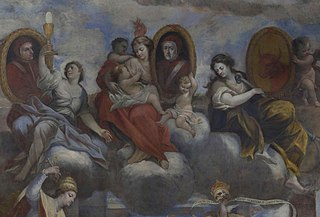
Gaspar de la Huerta (1645–1714) was a Spanish artist born at Campillo de Altobuey in Cuenca.

Nicolás de Villacis was a Spanish Baroque painter from Murcia, a disciple of Diego Velázquez.
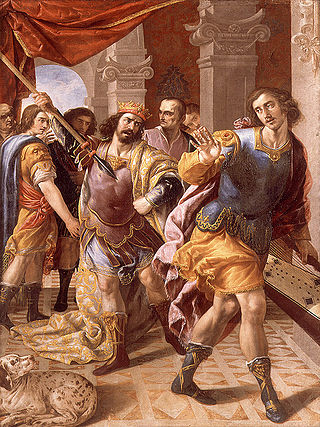
Francisco Fernández, who was brought up in the school of Vincenzo Carducho, was one of the most ingenious artists of his time, and his talent gained great reputation for him at an early age. He was employed by Philip IV in the palaces at Madrid, and in the convent of La Victoria are pictures by him of the Death of St. Francis of Paola, and St. Joachim and St. Anne. He also etched five spirited plates of allegories for Carducho's Dialogos de la Pintura, 1633. He was killed in a quarrel by Francisco de Baras.
Giuseppe Romani was an Italian painter of the Baroque era.

Antonio García Reinoso (1623–1677), a Spanish painter, was born at Granada, and studied under Sebastián Martínez Domedel, an artist of some eminence, at Jaen. He painted landscapes and historical subjects; and there are several of his works noticed by Palomino, particularly an altarpiece in the church of the Capuchins at Andújar, representing the Trinity, with several Saints. There are also some of his pictures in the churches and private collections at Cordova, in which city he died.
References
- ↑ "Palomino de Castro y Velasco, [Acisclo] Antonio". Dictionary of Art Historians. Archived from the original on 2010-11-27. Retrieved 29 August 2012.
- ↑ Wolf, Norbert, Velázquez, Taschen, Köln, 2000, p.95, (Italian edition) ISBN 3822864471.
- ↑ Enggas, Robert; Brown, Jonathan (1992). Italian and Spanish Art, 1600-1750: Sources and Documents. Northwestern University Press. p. 180. ISBN 0810110652.